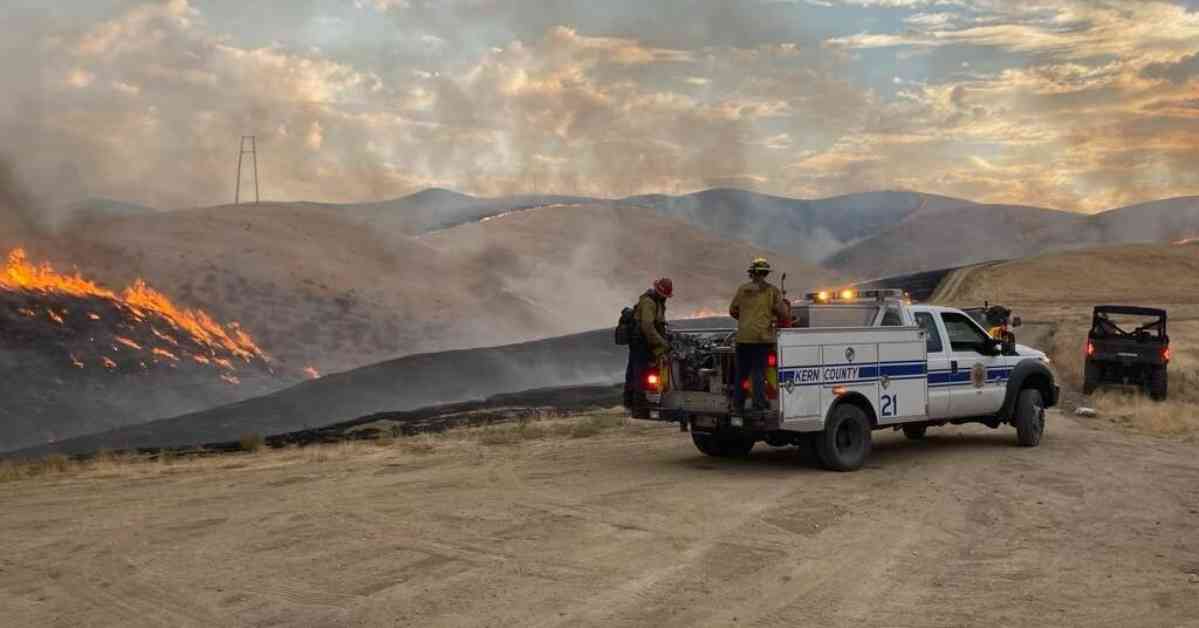In Southern California, wildfires have ravaged Kern and San Luis Obispo counties, leading to more than 1,000 evacuations and the temporary closure of Interstate 5 on Sunday night. The blazes have scorched a total of 20,000 acres, with the Lost Hills fire in Kern County burning 500 acres and remaining zero percent contained as of Sunday night.
The fires were sparked by critical weather conditions and dry lightning over the weekend, according to officials in Kern County. The National Weather Service had warned of an increased risk of fire due to the scorching heat wave in the Western United States, stating that any new fire would spread rapidly.
One of the fires, the Rancho fire, broke out on Saturday in Tejon Ranch, a 270,000-acre private property in Kern County. By Sunday night, it had consumed nearly 10,000 acres and was 40 percent contained. This fire prompted the evacuation of over 1,000 individuals from Stallion Springs and Bear Valley Springs communities.
Meanwhile, the White fire near Twin Lakes in Kern County burned over 5,000 acres and led to 30 evacuations. Cal Fire reported that it was 10 percent contained by Sunday afternoon. In San Luis Obispo County, the Hurricane fire engulfed approximately 12,678 acres and was around 20 percent contained on Sunday afternoon.
The devastating impact of these wildfires highlights the importance of preparedness and vigilance in the face of natural disasters. As climate change continues to exacerbate extreme weather events, communities must be ready to respond swiftly and effectively to protect lives and property.
It is crucial for residents in wildfire-prone areas to have evacuation plans in place, stay informed about fire conditions, and heed evacuation orders from authorities. Additionally, individuals can take steps to mitigate fire risks around their homes by clearing vegetation, maintaining defensible space, and being cautious with outdoor activities that could spark fires.
As firefighters work tirelessly to contain the blazes and protect communities, it is essential for the public to support their efforts by following safety guidelines and cooperating with emergency responders. By coming together as a united front, we can overcome the challenges posed by wildfires and build resilience in the face of adversity.




